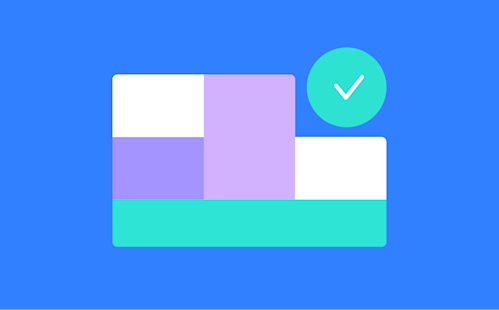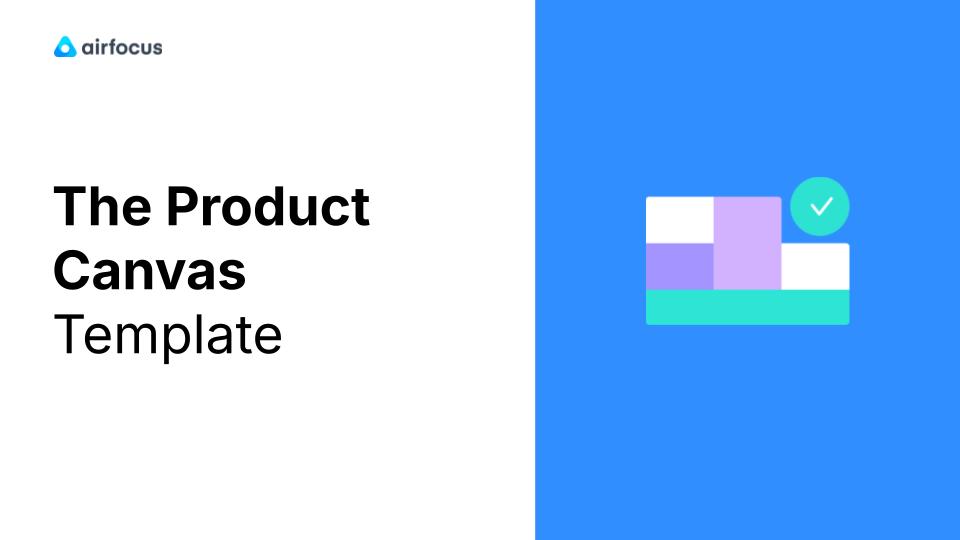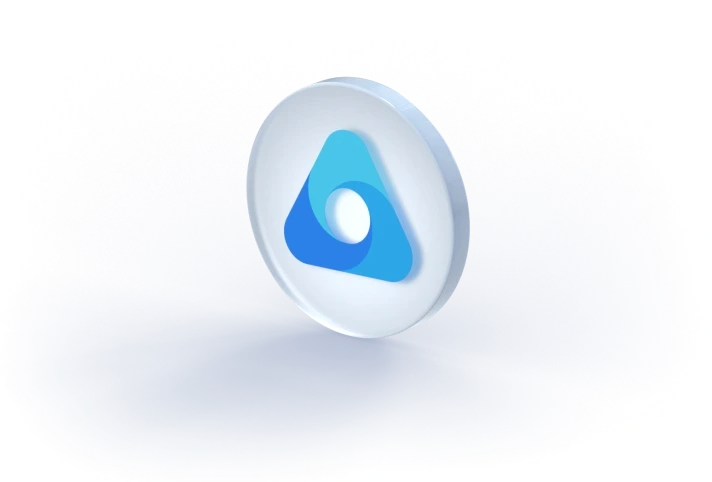
Product canvas template
Preview



About this template
The product canvas is a tool that allows teams to understand the purpose, audience, and goals of any given product before the development and it’s a great way of combining agile frameworks with UX principles. A completed product canvas defines your product, who it's for and why, and how it aligns with the business strategy.
What is a product canvas?
Roman Pichler developed the framework and it, in his words, is...
...a simple but powerful tool that helps you create a product with a great user experience and the right features. It combines agile development and user-experience design by complementing user stories with personas, storyboards, scenarios, design sketches, and other UX artifacts.
Why use this template?
The product canvas template provides a solid foundation for product development, bringing stakeholders and development teams together to ensure alignment on all key aspects. Some of its benefits include:
Provides a holistic view of product vision, customer, and market fit.
Ensures alignment across teams (product, marketing, sales) on key aspects of the product.
Helps prioritize features and guide product development based on user needs.
Helps communicate product purpose and strategy to stakeholders.
How to use this template?
When working with the product canvas template it’s important to do so in a way that encourages clear, actionable thinking and collaboration. Here are some tips on how to complete each section:
Name:Provide a clear identifier for the initiative.
Goal: Define the purpose of the product: why it is being built and the benefits it aims to deliver.
Metrics: Outline how you will measure the product's success by identifying key success criteria.
Target group: Develop detailed user personas to clarify who will benefit most from your product. Before starting the Product Canvas, utilize our user persona template to create and refine these profiles.
User needs / customer problems: Focus on specific problems or pain points your target users face. This will ensure that the product you develop solves real issues.
Big picture: Sketch a rough version of the product experience. Describe the overall user experience (UX), including what the product should do. You can use tools such as workflow diagrams, storyboards, or story maps. This section should capture the overall user journey, highlight key features as epics, and may include UI design sketches and mockups, along with relevant non-functional requirements.
Product details: List implementable items to achieve your iteration goal, such as addressing risks or completing features. Use ready stories — detailed user stories derived from epics — that include acceptance criteria. Prioritize these items to ensure a focused approach to reaching your goal.
General tips on using the template
Keep it concise: Aim for clarity and brevity in each section.
Use it collaboratively: Involve key stakeholders and developers early in the process.
Iterate regularly: this is a living document. As you gather new information update the canvas to reflect any shirts in strategy or product direction.
Visualize connections: Encourage your team to think about how each section influences the others.
Like this template? Check out our expert template for the GO product roadmap, developed in collaboration with Roman Pichler, the creator of the Product Canvas. This template will help you strategically plan your product development and prioritize key initiatives for success!
Get started with the product canvas template now

Benefits that come from using this template
Holistic product overview
Cross-team alignment
Feature prioritization
Stakeholder communication
FAQ about the product canvas template
More templates
Experience the new way of doing product management


Experience the new way of doing product management




